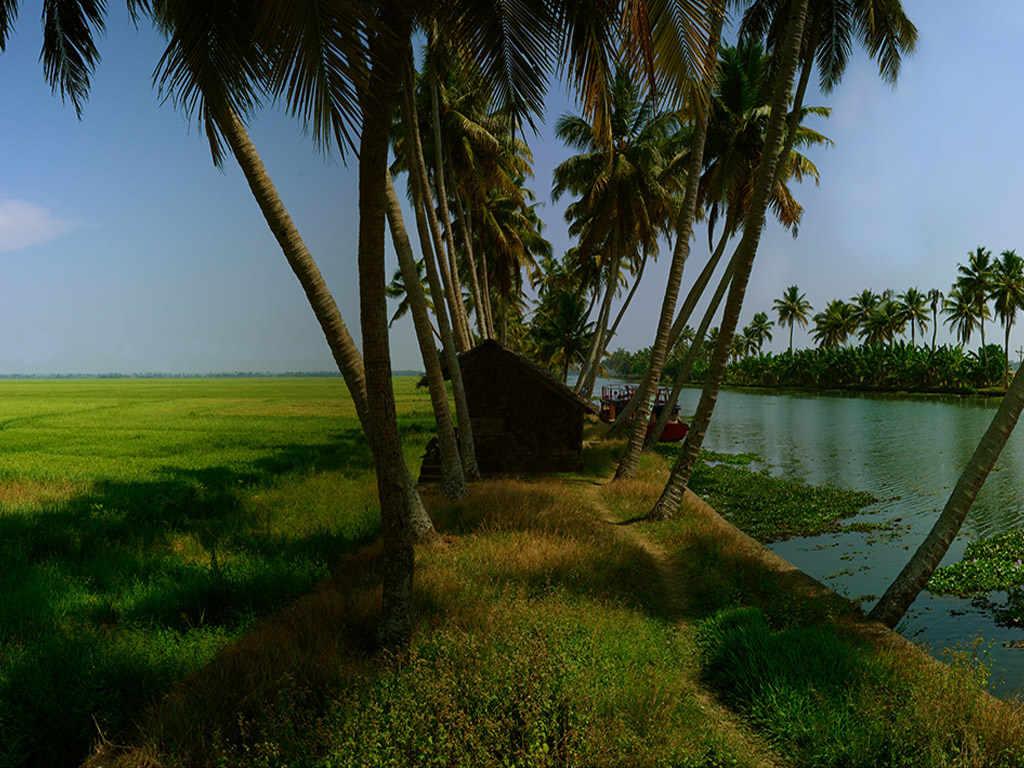

Women and children usually handpick the black clams, standing in waters about half-a- metre deep, during the tides. About two baskets can be collected by handpicking.
Another technique used by the women is to identify, by feeling with their feet, the areas where the clams are in abundance. They remove the clay on the clams by rubbing them with their feet. Then they proceed to push the clams together into one area and finally herd them into baskets made of aluminium or bamboo. According to researchers who have studied this method of shell mining, an average of six kilos can be collected in a day.
Men also go clamshell mining in country boats. They use a hand-operated dredge (kolli or varandi). The average catch per boat is about 25 kg/day. About 3000 fishermen in the areas adjacent to Lake Vembanad are involved in this kind of shell mining, carried out for an average of 16 days a month.
The mining season is usually from October to March and a good catch is usually expected from December to March.
The State Department of Mining and Geology oversees the lime shell fishing activities in Kumarakom and other regions. The department has issued licenses and mining rights to a few cooperative societies of this region. A total area of about 2000 ha has been leased out to these societies. They, in turn issue the rights to their members, who are villagers actively involved in shell mining.
The marketing of the shells is also organized by the societies, who purchase from their members and then sell to agents from various states. The shell is a raw material for the cement, pharmaceutical and limekiln industries. The cooperative societies also come up with welfare schemes for the clam fisher folk and take measures to enhance clam production.